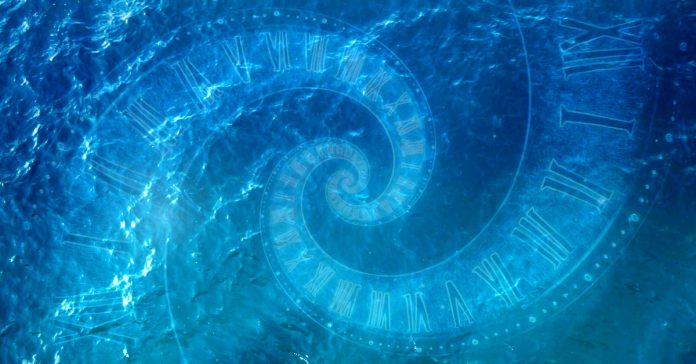Mediterranean mariners conquered vast waters over 130,000 years ago, possibly even 700,000 years ago, transforming our understanding of early human history. Stone tools unearthed on Crete and the Aegean Islands reveal hominins, perhaps prehuman ancestors, crossed open seas long before modern humans evolved. Discoveries from Plakias, Crete, and islands like Gavdos point to voyages spanning hundreds of kilometers. Geological dating and archaeological surveys anchor these findings, challenging outdated timelines. These early seafarers wove a maritime network across the ancient Mediterranean, connecting distant lands with daring skill.
Crete
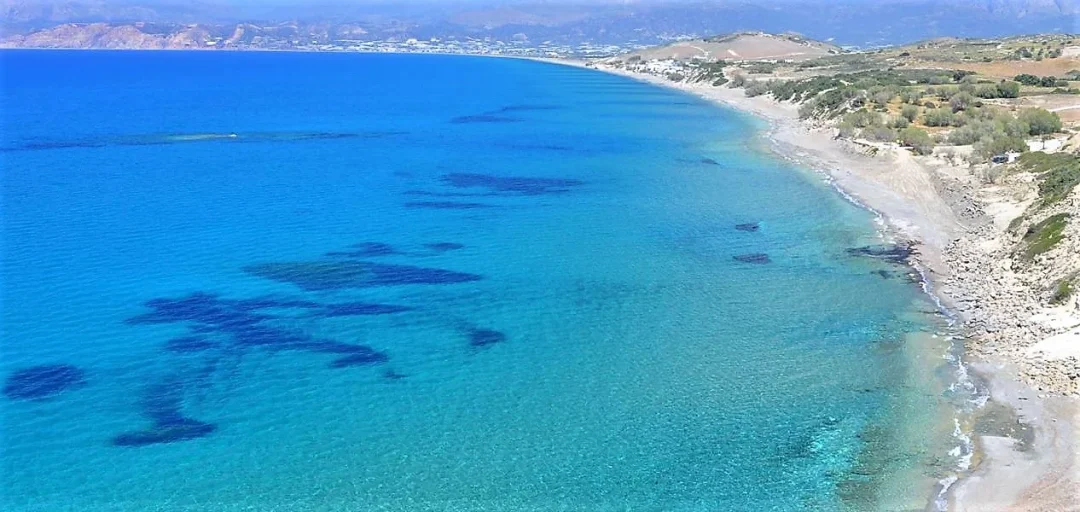
Hominins navigated a world shaped by ice ages and shifting coastlines. Crete, an island for over five million years, required sea travel to reach. Tools found there date to at least 130,000 years, with some potentially 700,000 years old. The Aegean Islands, isolated for 450,000 years, also hold early artifacts. These discoveries redefine human dispersal, proving seafaring abilities emerged far earlier than scholars once believed. No longer mere land-dwellers, these hominins mastered waves to claim remote shores.
Tools of the Trade: Proof of Ancient Voyages
Hand Axes at Plakias
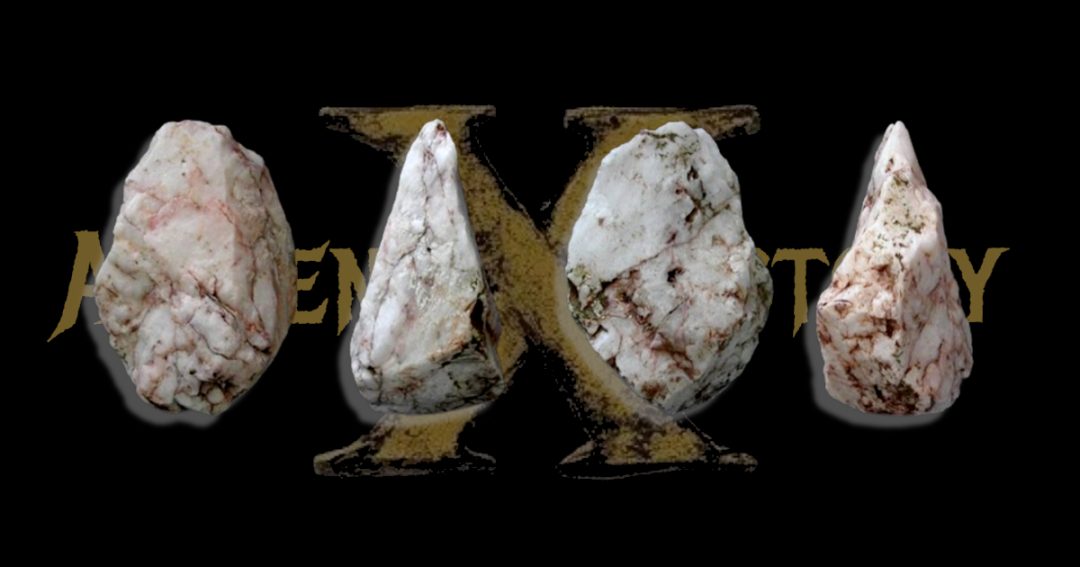
Mediterranean mariners conquered Crete, leaving stone tools near Plakias. A team led by Thomas Strasser and Eleni Panagopoulou uncovered over 2,000 artifacts. Quartz hand axes, cleavers, and scrapers follow the Acheulean style, born in Africa with Homo erectus. Geological layers, uplifted by tectonic forces, date them to 130,000–190,000 years ago. Some researchers argue they could reach 700,000 years, pushing seafaring’s origins deep into prehistory. This far exceeds prior estimates of 10,000–12,000 years for voyages to Cyprus or Sardinia.
Aegean Island Discoveries
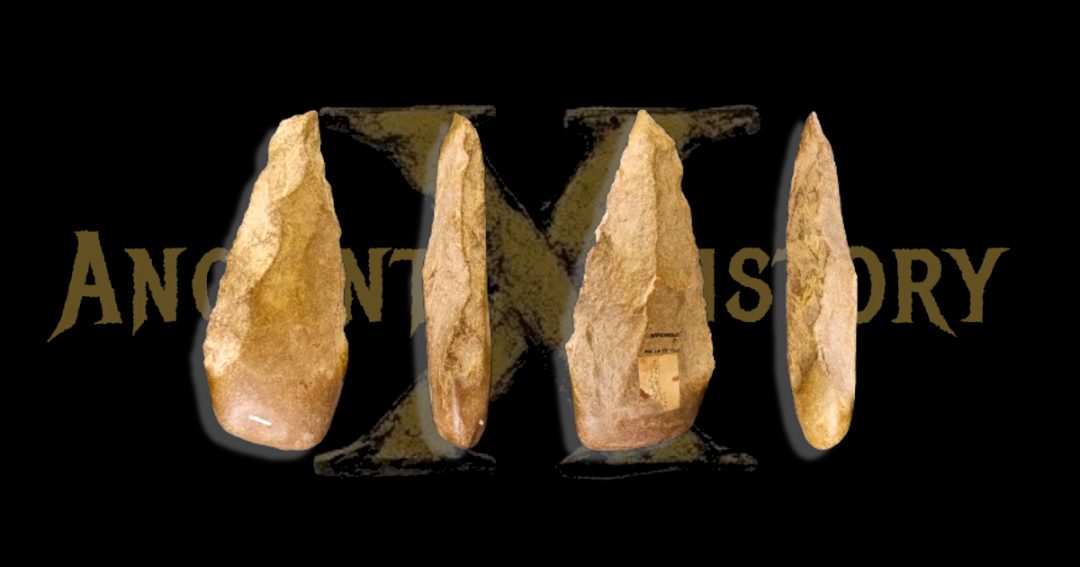
The Aegean Islands reinforce this narrative. Archaeologists, including Maria Gkioni, found tools on Milos, Naxos, and Gavdos. Gavdos, 36 kilometers south of Crete across deep waters, holds special significance. Its Acheulean, Mousterian, and Levallois artifacts span multiple hominin eras, suggesting repeated visits. No land bridges connected these islands for 450,000 years. Ice-age sea levels dropped 200 meters, yet gaps of 5–40 kilometers persisted. Hominins crossed these stretches, demonstrating maritime prowess beyond doubt.
Geological Clues
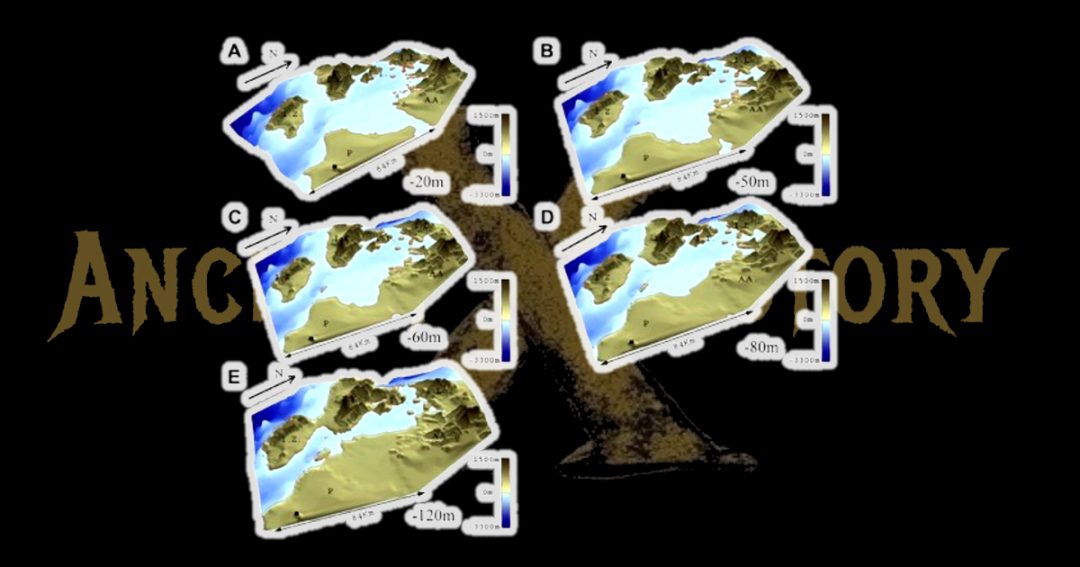
Geological evidence makes the case. Researchers like George Ferentinos mapped ancient shorelines using river delta data and tectonic subsidence rates. Even during peak glacial periods, the Aegean’s closest islands lay 5–7 kilometers from the mainland. Warmer times widened this to 40 kilometers. Crete’s southern shore, 200 miles from Libya, stood apart. These distances confirm sea travel, not land routes, brought tools to these islands. The cliffs above Plakias, dated to 130,000–190,000 years, preserve this truth in stone.
Navigating the Ancient Mediterranean
Primitive Craft, Bold Plans
How did Mediterranean mariners conquer such seas? Rafts or logs might have served as their vessels. Crete’s coast, far from Libya, allowed shorter hops via Greek islands. The Aegean’s nearest islands, visible from the mainland, invited exploration. Crossings of 5–7 kilometers demanded planning and teamwork. Sustaining populations, as evidenced by abundant tools, required reliable craft and navigation skills. These hominins possessed cognitive depth to execute repeated journeys, defying perilous waters.
Driven by Hunger
What spurred these voyages? Food topped the list. Dwarf elephants roamed Aegean islands until a few thousand years ago. Hominins, avid hunters of megafauna, likely tracked these herds. Mainland resources dwindled during harsh times, pushing groups to seek new grounds. Gavdos’ artifacts, spanning Acheulean to Levallois styles, suggest islands offered lasting bounty. Social dynamics, like competition or curiosity, may have fueled exploration too. These mariners ventured forth with purpose, chasing survival and opportunity.
Visible Horizons
Visibility played a key role. Aegean islands shimmered on the horizon, tantalizingly close during ice ages. Crete loomed larger from nearby isles, a beacon for adventurers. This visual lure, paired with resource needs, drove hominins to act. Their ability to coordinate crossings hints at complex communication, perhaps even rudimentary language. Mediterranean mariners conquered not just seas but the limits of their era, building communities where none should have thrived.
Who Were These Seafarers?
Hominin Pioneers
Mediterranean mariners conquered Crete and the Aegean, but their identity remains elusive. Homo erectus, Homo heidelbergensis, or early Homo sapiens are prime candidates. Erectus, who left Africa 1.9 million years ago, crafted Acheulean tools. Heidelbergensis later roamed Europe, overlapping with Crete’s younger artifacts. Sapiens emerged around 200,000 years ago, possibly touching Crete’s shores by 130,000 years. No bones clarify this puzzle, as hominin remains are scarce. Tool styles offer the strongest hints.
A Global Pattern
These voyages align with global clues. Flores, Indonesia, holds 800,000-year-old traces of hominin crossings, linked to Homo floresiensis. The Philippines reveal similar evidence from 700,000 years ago. Spain’s million-year-old tools suggest a Gibraltar crossing, bypassing the Levant. Mediterranean mariners conquered seas as part of a broader dispersal. Erectus or others likely sailed multiple routes, reshaping migration theories. Their maritime paths challenge assumptions of land-only travel out of Africa.
Cognitive Feats
Whoever they were, these seafarers showed remarkable skill. Crafting tools and crossing seas required foresight and collaboration. Gavdos’ repeated occupation, across deep waters, points to sustained effort. Mousterian and Levallois tools, tied to Neanderthals and sapiens, suggest later visits built on earlier ones. These hominins rivaled modern humans’ maritime feats, like Australia’s colonization 65,000 years ago. Their cognitive leap bridged vast waters, forging lasting legacies.
Rewriting Prehistory: A Maritime Revolution
Challenging Old Views
Mediterranean mariners conquered seas, overturning long-held beliefs. Scholars once viewed oceans as barriers for pre-sapiens hominins. Crete’s tools, dated by uplifted cliffs, and Aegean finds demand new timelines. These seafarers matched or surpassed later sapiens voyages. Their artifacts, preserved in geological layers, reveal advanced skills, not primitive constraints. This forces a rethink of human potential, placing maritime daring at prehistory’s core.
A Connected World
This tale weaves into a larger saga. Sardinia’s Bronze Age thrived on trade, much like these hominins’ voyages. Crete lacks nuraghi, but its tools mark a maritime dawn. Aegean island-hopping suggests networks from Africa to Europe. Spain’s early artifacts hint at Gibraltar as a gateway. These mariners linked continents, their tools a testament to shared ambition. Their journeys reveal a prehistoric web, binding distant lands through sea and stone.
Lasting Impact
The discoveries reshape textbooks. Crete’s 130,000-year-old tools, possibly 700,000, predate Cyprus’ settlement by millennia. Aegean artifacts, spanning half a million years, show relentless exploration. These hominins didn’t merely survive; they thrived, leaving tools across isolated shores. Their maritime feats rival Bronze Age ships, proving early humans mastered seas with grit and ingenuity. This legacy redefines our ancient roots, centering the sea.
Legacy of the First Seafarers
These mariners conquered the Mediterranean, reaching Crete and beyond ages previously considered. Their tools, scattered across cliffs and islands, anchor their story. These voyages, stretching back hundreds of thousands of years, are rarely mentioned. No rafts remain, but stone artifacts endure. These seafarers weren’t wanderers; they ruled the seas, forging paths across a restless world. Their saga, etched in earth, reshapes prehistory’s narrative.

